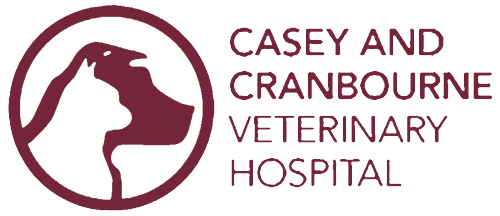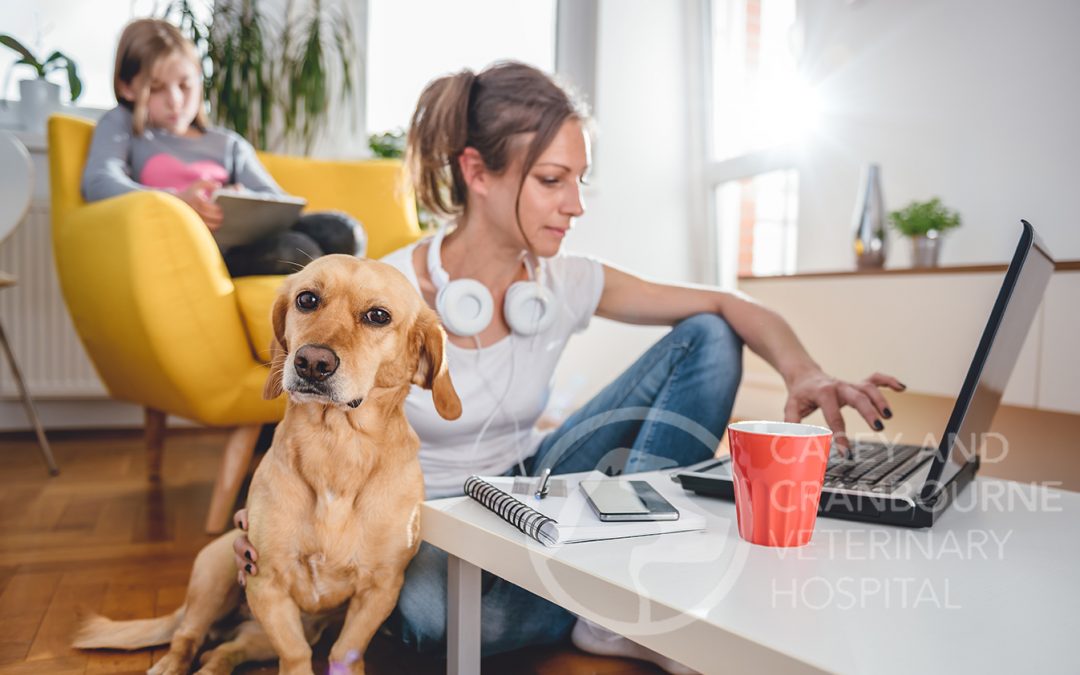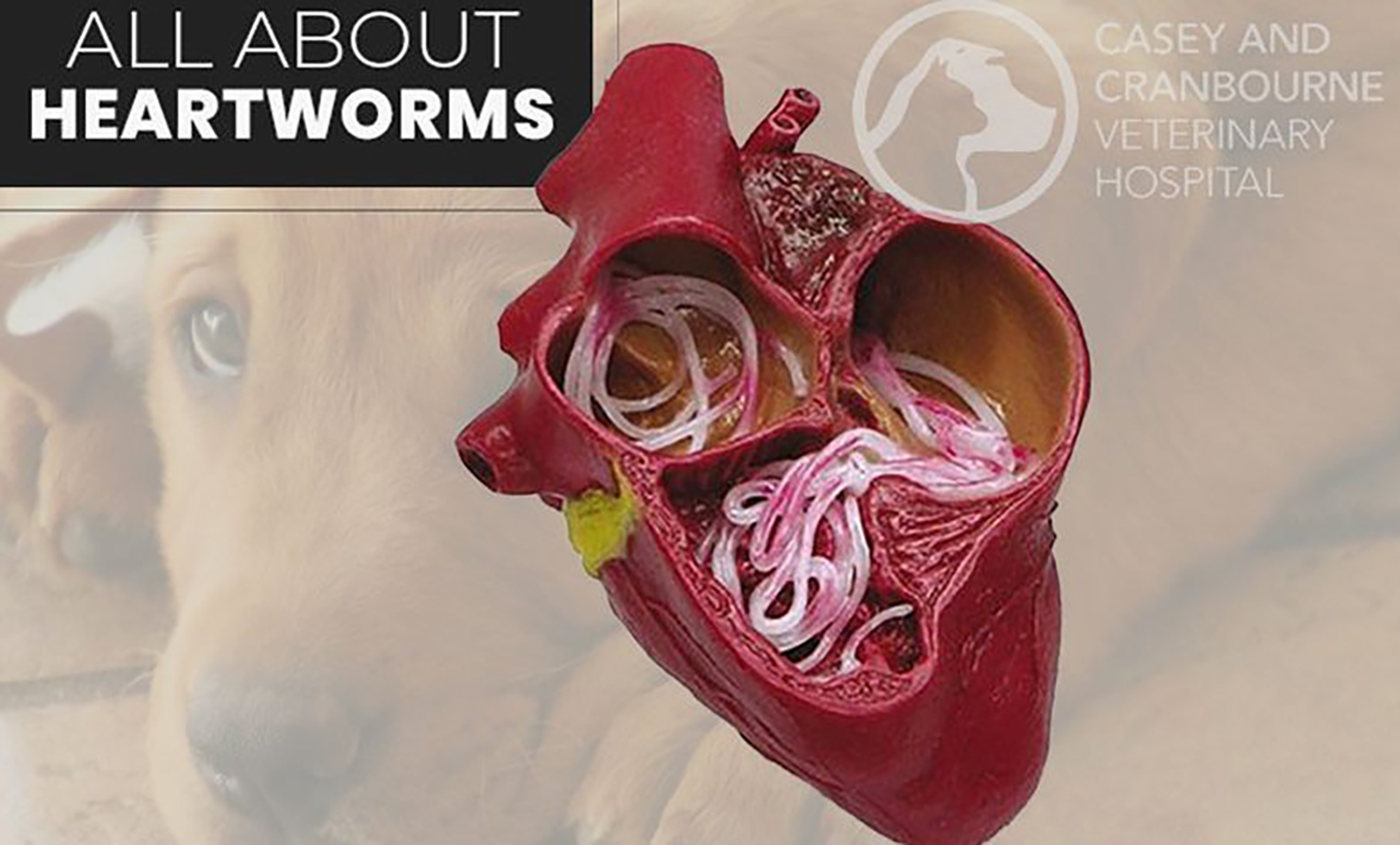Important information: How to reduce the effects of separation anxiety when lockdown ends
Working from home and home schooling during lockdown has meant your pets have become familiar with you always being around. On the one hand, it has meant dog owners have had a great opportunity to bond with their dogs, spending more time training, exercising and giving them attention but have you thought about how they will cope when you go back to work? If you recently got a puppy or rescue dog, they may never have been left alone. It’s important you set your dog up for success for when this lockdown routine ends. If not, you may find when normal routines return, your dogs won’t be psychologically prepared.
Separation anxiety in dogs is like panic in humans
It is the fear or anxiety of being left alone. How severe the anxiety is and the way it manifests, is different with each dog. However, the basis of their response is the same. Anxiety and fear go hand in hand.
Neuro-chemical and hormonal processes that occur with these emotions are not controlled by the mind. We can’t explain “I’ll be back shortly” to ease anxiety. Preparing time alone is key to preventing separation anxiety in young and rescue dogs.
Signs of separation anxiety
Does your dog continuously follow you around the house or sleep with ‘one eye open’ just in case you are about to leave? Often there are milder symptoms that build over time and develop into bigger ones.
Common outward symptoms include excessive barking, howling, urination, defecation, destructive behaviours, salivation and pacing when left alone.
That said, there are things you can do to ensure your dog is happy and content when left alone. It’s particularly important you factor training into your day. Here are some simple tips to follow to ensure you limit the risk of your pooch developing separation anxiety:
- Start leaving pup in a room safely
Do this while you go and get your shoes, make a cup of tea, get showered. ‘Pup proof’ the room by removing anything that could be chewed or cause harm to your pooch while unsupervised. Start off at a level your pooch can cope with, such as 10-15 seconds, gradually building to minutes and eventually a couple of hours.
Vary the time left alone in short bursts throughout your day. Don’t do continuous concurrent increments. Make it variable, with the general idea being you increase the time left alone over time. Give your pup something to do when you increase the time.
- Use enrichment toys
These include Kongs, licky mats, slow feeders and appropriate chew toys. Use your pup’s meal as the food to fill the enrichment toy and hide healthy extras such as vegetables, cooked chicken or dog-safe peanut butter (one that doesnt contain xylitol artificial sweetener). Your pup will be really enthusiastic for the fun activity ahead.
Combine these activities with alone time. These enrichment activities act as a pacifier and build on the positive association – good things happen when I am left alone.
- Give pup regular ‘down time’ during the day
Pups fed an appropriate diet, getting exercise appropriate to their age and being given appropriate stimulation and training should spend plenty of time sleeping throughout the day. Try combining their settling time with times during the day where you would generally be going off to work. Dogs love routine. Getting a suitable routine in place for their body clock will help alleviate potential problems when you go back to work.
- Ensure pup has been fed and watered
Have they had the opportunity to go to the toilet, been exercised and have something to do before you start leaving them? Try and get into the routine of taking them for a morning walk earlier than you might currently be doing so they get their walk before you head off for work. Then when you return from your walk, whilst getting ready for work, ensure your dog is having a small morning meal. Then as you are leaving, ensure they have a Kong (or other enrichment toys) filled with tasty treats to occupy them as you walk out the door.
- Make leaving and returning ‘relatively uneventful’
You don’t want to be too animated in your greeting as this can build anticipation in your dog for a truly exciting greeting when you return. Give your pup some love when you return, but keep it lower key if possible. This is hard to do as you may be equally as excited to see your dog when you return home as they are to see you but is an important thing to do so that your dog is less inclined to spend their day pining for you and anxious for your return.
- Normalise being alone as ‘no big deal’
By doing plenty of alone time in short bursts during the day, your pup will desensitise. To indicate you’re about to leave, pick up and put down your car keys throughout the day. Open and close the door without leaving. Put on your coat and walk around with it and then remove it. Pick up and move your shoes and bag. And so on.
These simple exercises help reduce the likelihood of separation anxiety occurring in your dog when normal work routines return. Take care to ensure you’re doing this at a pace your dog is comfortable with for best results. The goal is they feel happy and comfortable when left alone.
Lastly,
If you think your dog is starting to show more serious signs of separation anxiety, contact the clinic for further advice as some cases may require medical management. It is also advisable to book an appointment with one of our vets if your pet starts to show some signs such as urinating or defecating indoors as there can be several different causes for inappropriate urination or defecation.



